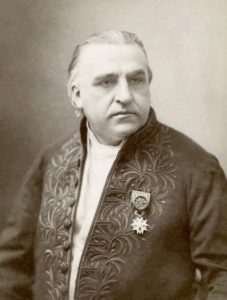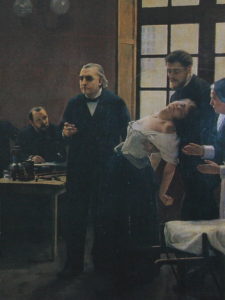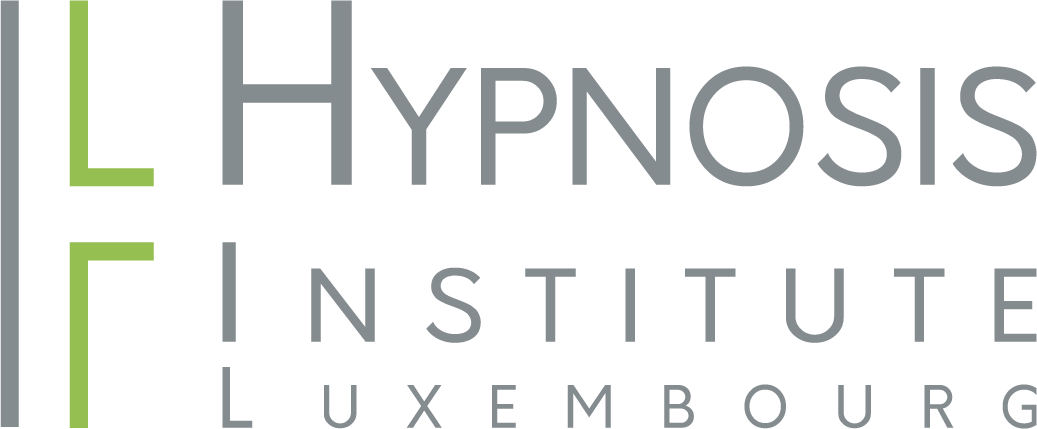Jean Martin Charcot

Jean-Martin Charcot (* November 29, 1825 in Paris; † August 16, 1893 in Montsauche-les-Settons on the Lac des Settons/Département Nièvre in the Morvan) was a French pathologist and neurologist. He is one of the most important doctors in the history of the Hôpital de la Salpêtrière. In 1882, he established the first independent neurology department in Europe. Together with Guillaume-Benjamin Duchenne, he is considered the founder of modern neurology.
Hardly any other scientist of the 19th century had such a lasting influence on the development of neurology as Charcot.
On June 7, 1884, Charcot’s assistant Raymond Combret, a member of the Theosophical Society in Paris, arranged a meeting with Henry Steel Olcott of the Theophysical Society at the Salpêtrière. In his later years, Charcot mainly carried out psychopathological studies on hysteria. Although some of his findings were later revised, they had a major influence on the development of psychiatry and on the psychoanalysis of his pupil Sigmund Freud. It was Charcot’s clinical use of hypnosis in an attempt to find an organic cause for hysteria that aroused Freud’s interest in the psychological causes of neuroses.
Freud studied with Charcot at the Salpêtrière from August 1885. While he later successfully established his creation, psychoanalysis, as an independent science, it is often forgotten that it began with Charcot’s study of hypnosis. Charcot’s other research into altered states of consciousness caused by hypnotic trance gave rise to other disciplines that were less in line with the materialistic zeitgeist than Freud’s. Freud translated two of Charcot’s books and provided them with critical notes.
Charcot was a representative of the dominant science of the 19th century, which had come to terms with hypnosis, and endeavored to find a neurophysiological explanation for the symptoms he observed. He sought a purely materialistic explanation by which people who were easily hypnotized could be considered mentally ill and by which the successive stages of hypnosis could be strictly classified.
Charcot, assisted by Joseph Babinski, demonstrates the hysterical patient Blanche Wittman in a hypnotized state at the Salpêtrière. Painting by André Brouillet (detail), 1887.

It was not until 1884 that his hypnotheses were questioned by Hippolyte Bernheim and Ambroise-Auguste Liébaul, who put forward the theory that the hypnotic state was induced by suggestion, which was finally proven in Liébeault’s medical practice. It turns out that Charcot’s belief that hypnosis was caused by illness stemmed from the fact that he happened to work mainly with hysterics at the Salpêtrière. Charcot admitted his defeat a few months before his death by stating in an article that hysterics were in principle easily subject to suggestion.
Charcot died after 1893 during an attack of angina pectoris.
